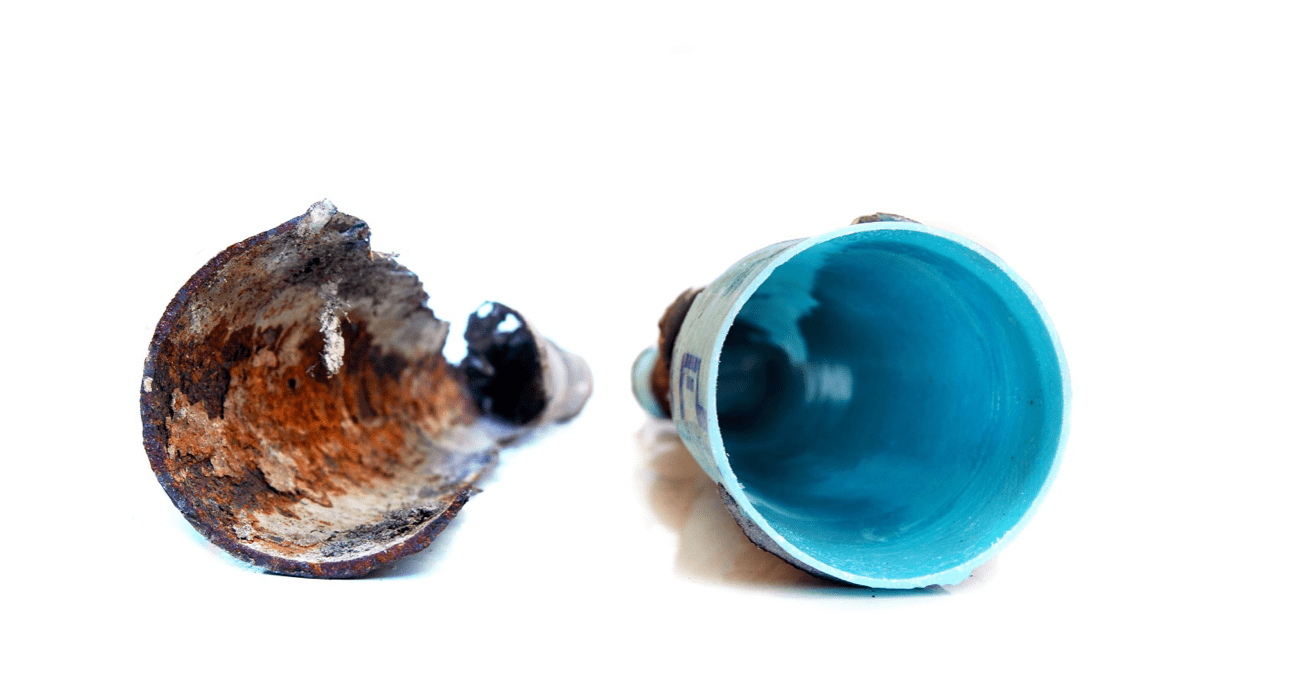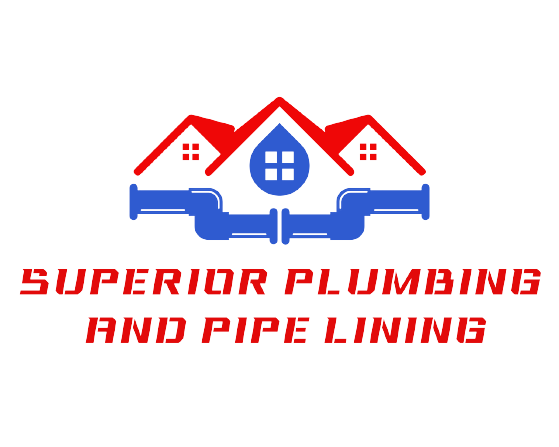
Why Lining is a Better Option
Aging water pipes are a headache for property owners, especially when complications start. Minor issues like pinpoint leaks can become more significant problems, flooding the property. So property owners should always monitor their pipe condition to avoid minor leaks from snowballing into financially draining disasters.
There are two ways property owners can repair or replace the pipes. One is traditional excavating, and the other one is trenchless pipe lining. Today we’ll explain which one is better and why!
From an objective overview, trenchless pipe repair is better than the traditional method. It's because trenchless sewer line replacement cost are much lower as it's the least invasive technology.
Let's dive into the pipelining methods and why trenchless sewer repair is a better option for property owners.
Why Trench Dug Pipe Laying Is A Problem?
Traditional pipe repair or replacement requires digging up large chunks of the property. Whether you have landscape or hard surfaces, you have to undergo major construction work.
Heavy machinery, backhoes, trucks, and other equipment are needed to complete the project using trench dugways. This will likely ruin your lawns, gardens, and even nearby properties. Traditional pipe repair or replacement can also require cutting out the floors in your home. It can also result in you being displaced from your home for weeks and having to replace concrete, flooring, drywall, and paint.
After the contractors complete their work, they should patch the holes. But the owners are left with the tedious job of restoring their property. In the worst-case scenario, you must bear the high costs of restoring or replacing your landscape features. You might have to bear additional hundreds or even thousands of dollars in recovery, excluding the repair/replacement job cost.
This sort of project takes several days to complete, which results in no water supply to your property.
Why Is Trenchless Pipe Lining Better?
The traditional method has been present since the time of the Romans. However, technological advancements have given us a newer, less costly, and less-finicky way of repairing/replacing underground pipes – trenchless pipe lining. This technique involves no use of trenches. On top of that, trenchless pipe lining uses innovative techniques and equipment that solve the issues the traditional method poses.
What Are The Types of Trenchless Pipe Lining
You can find trenchless pipe lining in two different kinds. One is used to repair the existing pipe. And the other one is used for a complete pipe replacement.
First, your contractors must determine what type of pipe issues you're having. Depending on this, they can decide which of the two methods works best in your case. Let's discuss more about the two types of trenchless pipe lining.
- Lateral Pipe Lining
Contractors dig out a small access hole near the faulty pipe during a lateral pipe lining. Then a team of repair technicians sends small cameras through the hole to find out the size and condition of the defective pipe.
After that, the crew will clear clogs, roots, dirt, debris, and any blockages in the pipes to allow water to flow properly. After clearing the pipe, the crew takes the necessary measurements. Using the measurement data, they identify the right-sized liner to fix the pipe.
Using an inversion machine or pull-in-place method, the crew creates a resin-coated liner to push into the pipes. When the insertion is done, the liner bonds with the previous host pipe and completes the reparation. Lateral pipe lining is undoubtedly an excellent method that does less damage, requires a small crew, and is more cost-effective than the traditional method.
- Pipe Bursting
Now let's time to talk about the other trenchless method. Lateral pipe lining is mostly used when the faulty pipe has minor or moderate levels of damage. On the contrary, pipe bursting replaces pipes with no remaining structural integrity.
However, this method requires only a small access hole, like lateral pipe lining. The crew uses the hole to identify the right pipe size to replace the original. Next, a hydraulic-powered or a pull rod-propelled device is installed. Such a system has a solid cone tip that pushes and pulls through the faulty pipe.
The cone tips help to break up the original pipe and replace it with a new pipe of the same measurement. This method sometimes replaces older pipes with wider pipes, increasing the water supply capacity.
Benefits of Pipe Lining Over Traditional Methods
Lateral Pipe Lining and pipe bursting offer property owners various benefits over traditional methods. Both methods are great for having minimal damage and digging. These projects get completed in a day which helps restore the water supply faster.
Also, no harmful material can harm nature or release toxins. You don't need to dispose of the old pipes that stay in the ground. The most significant advantage is the cost reduction. Although the direct costs of modern and traditional pipe lining methods are almost similar, traditional methods have indirect costs that can snowball hundreds of dollars into the project's actual value.
Seeking Jacksonville, FL-based contractors to repair or replace your water pipes or sewer pipes? Contact Superior Plumbing to call for pipelining experts.
